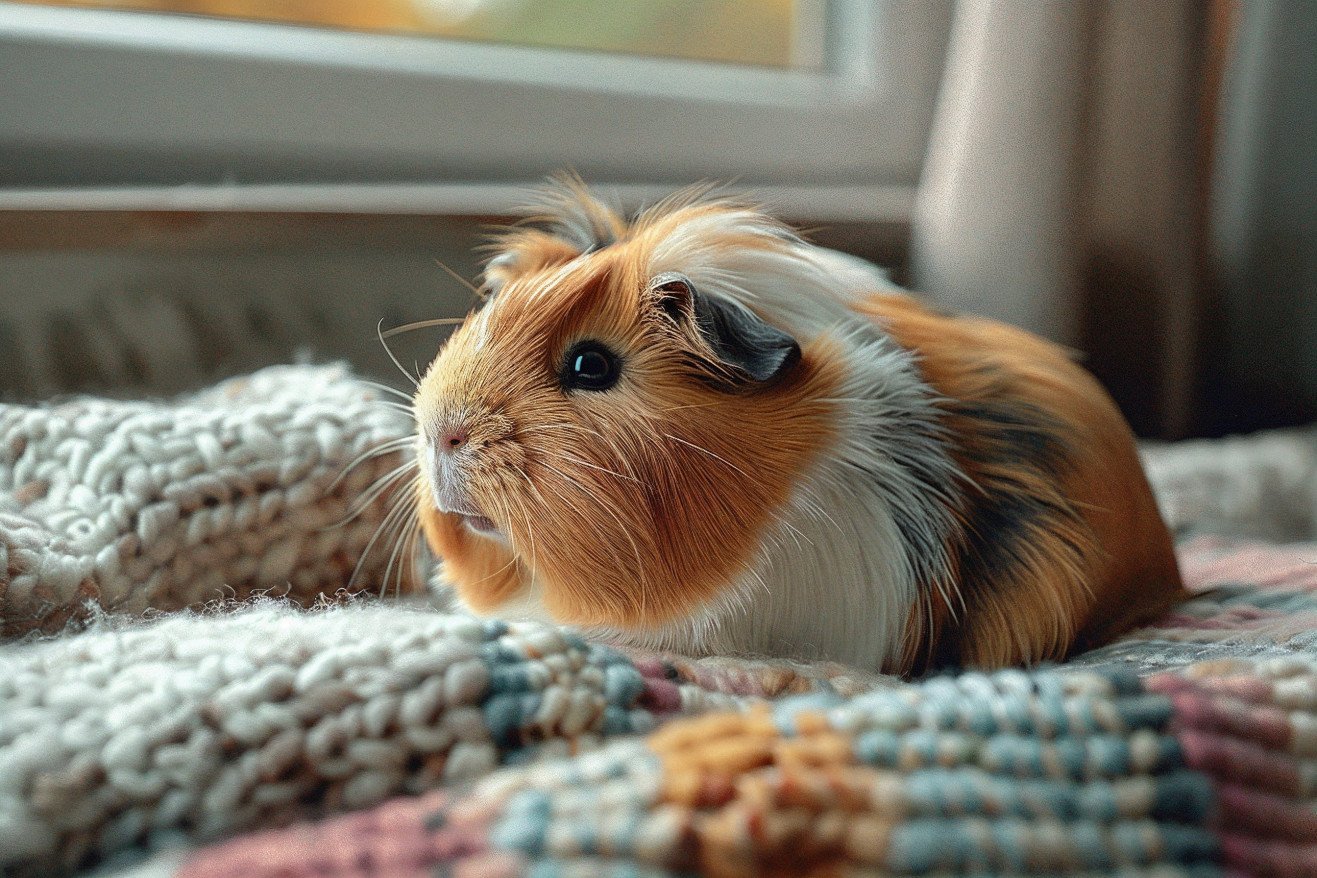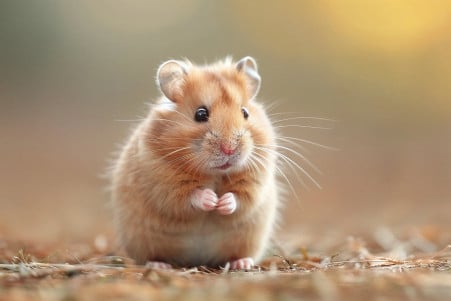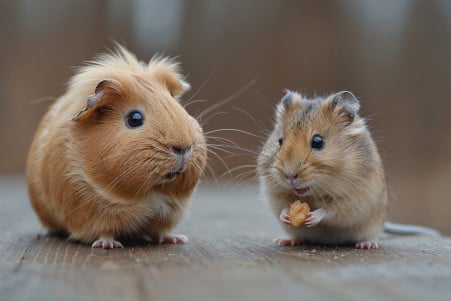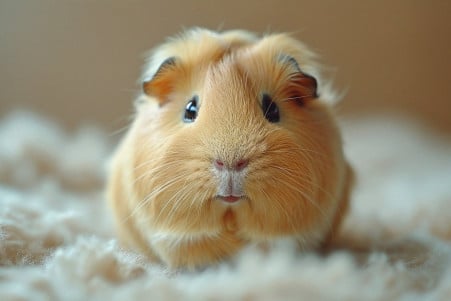Are Guinea Pigs Born With Tails? The Answer May Surprise You
11 May 2024 • Updated 10 May 2024

Guinea pigs are not born with tails, but they do have a small bony structure that is a vestigial tail. Let's take a closer look at this interesting anatomical oddity. The uropygial glands are small bony structures located just under the skin in the place where a tail would be on most other mammals. They are a vestigial tail bone, a nonfunctional remnant of the tail that their evolutionary ancestors once had.
In this article, we'll look at scientific studies in fields such as anatomy, evolution, and animal behavior to find out why guinea pigs have these vestigial tail bones. This work will help us better understand the strange traits that guinea pigs have and the functions that tails serve in other animals. We'll also see how understanding guinea pigs' anatomy can help us understand their evolution from a wild species to a domesticated pet.
Do Guinea Pigs Have Tails?
The Structure of a Guinea Pig's Tail Bones
Even though guinea pigs don’t have a visible tail, they do have vestigial tail bones. According to Small Pet Select, guinea pigs have seven coccygeal vertebrae that are fused to the pelvis. This is why they don’t have an external tail.
The size of the coccygeal vertebrae can vary from guinea pig to guinea pig, and some can even move them when they’re excited. These bones are considered vestigial, which means they are reduced from a previous evolutionary form. In all, guinea pigs have 258 bones in their bodies, including their vestigial tail bones.
Even though they are small, the coccygeal vertebrae are important to the guinea pig’s skeletal system and posture. They help support the spine and musculature of the hindquarters, which is why guinea pigs are able to move around so well even though they don’t have an external tail to help them balance. Knowing about this unusual part of guinea pig anatomy can help you better understand the evolutionary history that led to the guinea pig we know today.
Evolutionary Adaptations for Balance and Movement
Even though they don't have an external tail, guinea pigs have evolved other physical traits to help them with balance and movement. The Smithsonian's National Zoo and Conservation Biology Institute explains that guinea pigs have eyes on the sides of their heads, which gives them a wide range of vision to help them spot predators. They also have longer hind legs than front legs, which gives them a special gait and helps them stay stable as they move.
The Merck Veterinary Manual points out that guinea pigs are compact and have short legs, and the Animal Diversity Web describes their sturdy bodies and sharp claws, which help them move around their surroundings. These traits make up for the lack of an external tail and help guinea pigs overcome the challenges of this unique anatomical trait.
Tail Bones and Guinea Pig Health and Wellbeing
Although the guinea pig's tail bones don't seem to have a direct impact on balance or movement, they may have an effect on the overall health of the animal's skeleton. The VCA Animal Hospitals explains that guinea pigs are especially prone to inner ear infections, which can cause balance and coordination problems. These infections may be due to the guinea pig's ear structure.
Proper housing and temperature control are also important for guinea pig health, as the NCBI points out that guinea pigs are susceptible to hyperthermia and should not be kept in temperatures above 80°F. The Merck Veterinary Manual stresses the importance of regular vet visits to catch and treat any potential skeletal or health issues in guinea pigs, tail bone-related or otherwise.
The Evolution of the Guinea Pig's Tail
Guinea pigs are part of the Caviidae family, a diverse group of South American rodents that includes species with a range of tail lengths. According to the PMC article on the biology and diseases of guinea pigs, the Caviidae family is made up of 5 genera and about 23 species. The lack of an external tail in guinea pigs is a direct consequence of the evolutionary pressures of their particular ecological niche and behavior.
On the other hand, other members of the Cavia genus, such as wild cavies, have more obvious tail remnants or even short tails. The Lab Animal article explains that guinea pigs are unique among rodents in that they are precocial, meaning they are born in an advanced state with hair, teeth, and claws and are able to move around on their own. Knowing the evolutionary path that led to the guinea pig's tailless condition can help researchers better understand how they were domesticated and became popular pets.
Conclusion: Celebrating the Tailless Wonder of the Guinea Pig
The fact that guinea pigs don’t have an external tail is one of the things that makes them so special and cute. Although they do have a few small tail bones, these are just a sign of where they came from. Guinea pigs are also known as Cavia porcellus.
According to Lafeber Co., guinea pigs have large ears, four toes on their front feet and three on their back. They can have dark eyes (black, brown, or blue) or pink or red eyes (with a ruby pupil), and they have dichromatic vision, which means they can’t see the full range of colors.
The Biology of the Guinea Pig says that guinea pigs are native to South America and that females weigh between 700-900g and males weigh between 900-1200g. They have a unique digestive system that includes a large cecum, and their respiratory and reproductive systems are also different from other animals.
In addition to their lack of an external tail, guinea pigs have made other adaptations to their bodies that help them move and keep their balance. For example, their eyes are located on the sides of their heads, which gives them a wide range of vision, and their back legs are longer than their front legs, which helps them stay stable. They also have a stocky body and sharp claws that help them move around.


